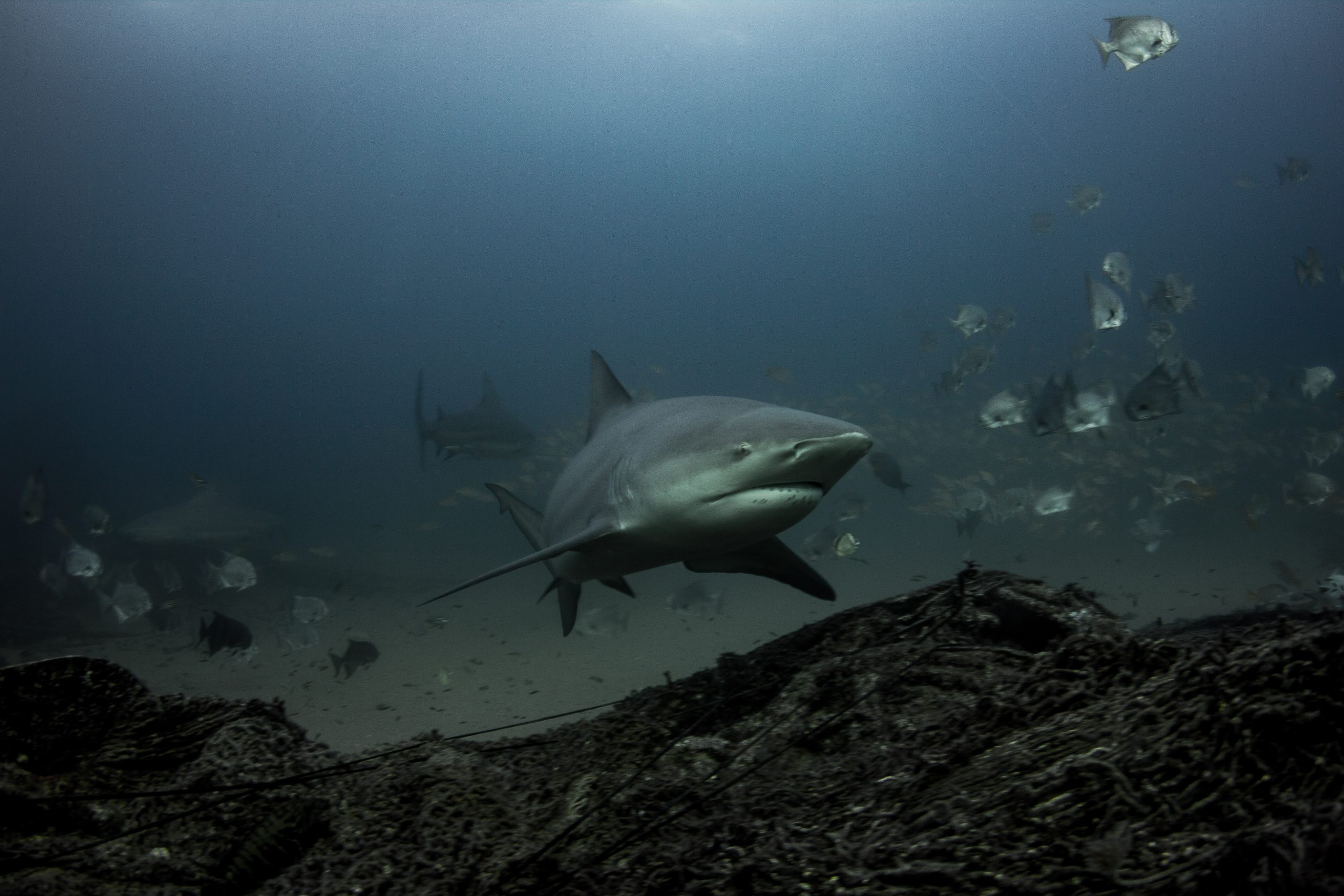You may have heard about the problems that sharks are facing nowadays; it is not new to hear that some shark species have almost disappeared in the last decades, and sometimes it is hard to think how we can get involved. However, Orgcas and a fishing village in Mexico are working hard to show how we can work together and help.
Orgcas is a non-profit organisation funded by a group of women from different professions who are working with the local fishing communities of Baja California Sur, Mexico, building alternatives for a more sustainable economy. The first project is Project Shark, where a group of fishermen from a local village called Agua Amarga catch sharks as their way of living. After one year of work, the community has been open and confident that they can find ways to reduce and potentially stop catching sharks and dedicate their lives to other activities, such as nature-based tourism. But it is not an easy process; they need some tools and knowledge that will allow them to achieve this new goal.

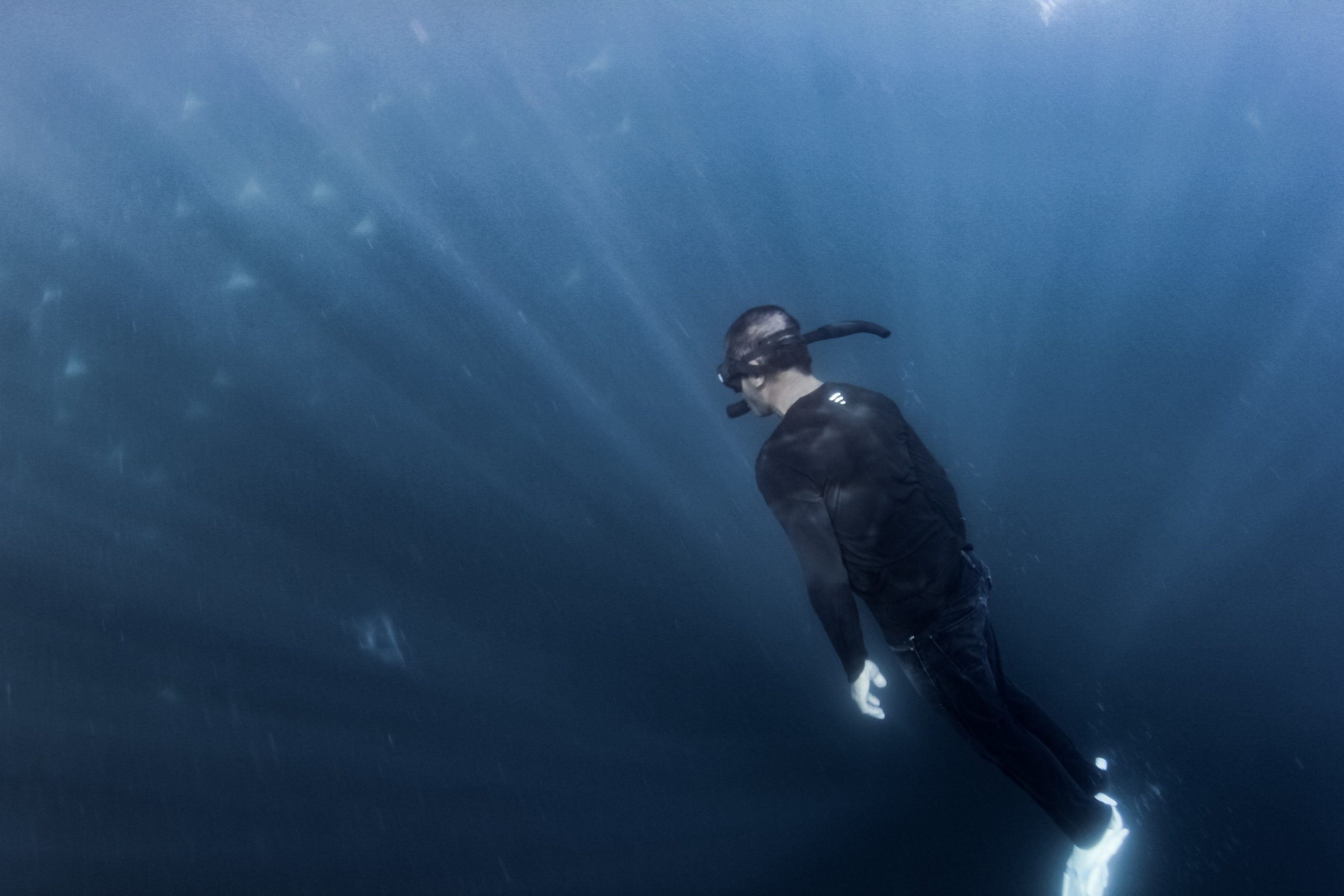
Besides the science and the economic change the community is experiencing, we also want to create awareness and help them connect with the ocean more profoundly. As a result, the fishermen and their families are learning and experiencing the interaction with the wildlife, understanding the importance of the ecosystem, and proving to themselves that sharks and the species are worth more alive than dead.
The community has a clear goal, but they also accept that they are not the only problem, and a much more impactful enemy is out there: industrial fishing. They say that what a tuna boat catches in one night, they would catch in a year or two. So to observe a significant change, the idea of creating a marine reserve that will stop industrial fishing in the Gulf does sound logical to them. This transition in the community of Agua Amarga is fundamental. Suppose we can share the process with other communities around Baja California Sur and other localities in the region; we are sure this project can set a new way to do shark and ocean conservation.

How does the Yachting Industry get involved in this story?
Orgcas and the community of Agua Amarga are getting certifications and knowledge to provide the highest level of service in the region. As natural guides, the fishermen have spent their lives in the open ocean. IMAGINE all the species and moments of nature that they have witnessed.
We have the opportunity to share experiences and knowledge with you! Orgcas offers experienced guides that provide information about the ecology and behaviour of species. As a team, Orgcas and the fishermen have already worked with captains of Superyachts and support world-known photographers such as Paul Nicklen and Christina Mittermier. The community is ready to show their backyard and discover that there is a new way. It is much more sustainable, where they get an income while protecting their oceans.
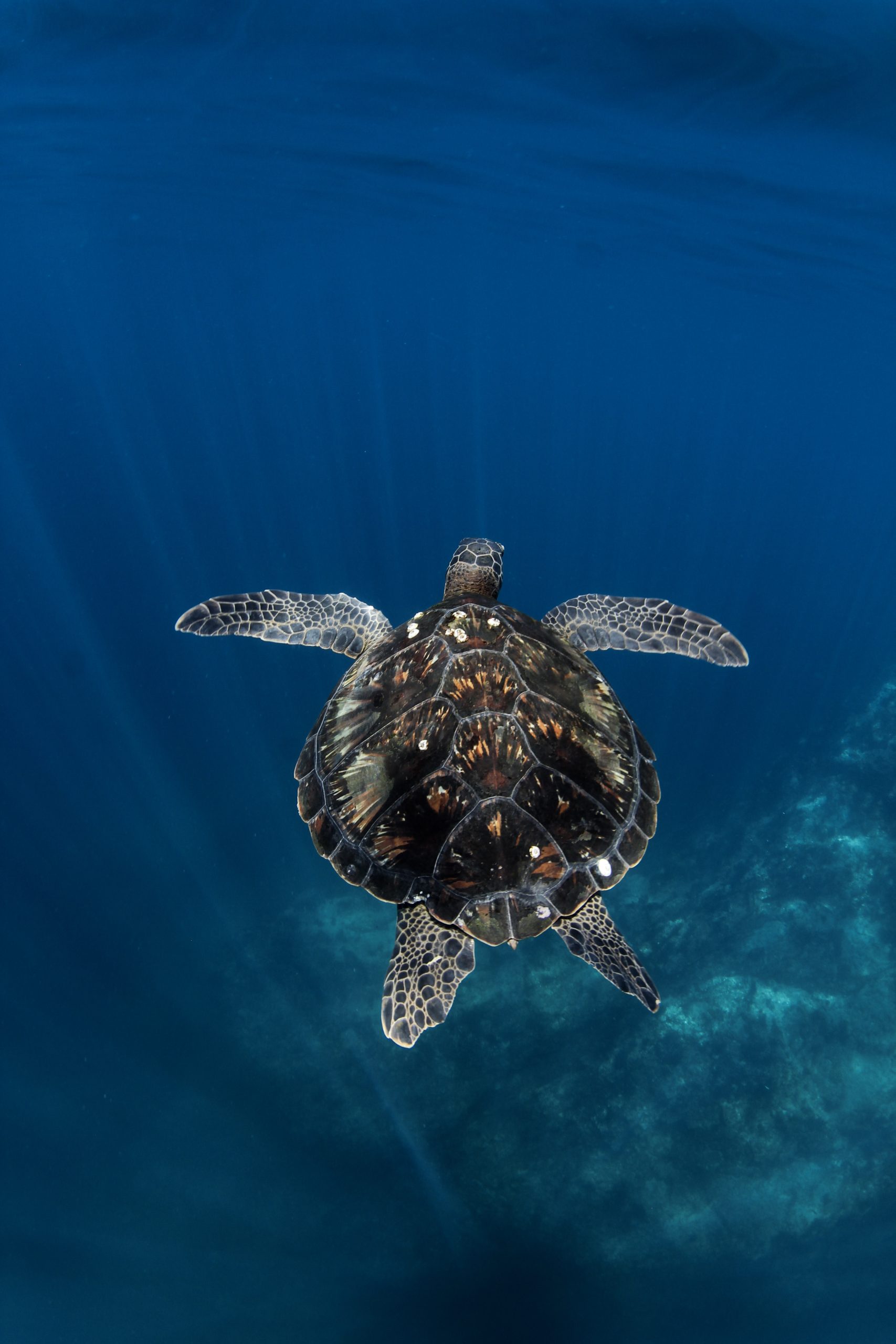


It is important to clarify that catching sharks is legal in the country and that it is part of their tradition for generations. The direct benefit for the community with your support is that each day the fishermen work as skippers, is a day that they do not go to the ocean to catch sharks. So we believe they will completely replace their income in a couple of years by doing more sustainable and safer activities.
The location of Agua Amarga allows them to have strong seasonality. In the winter they are lucky enough to welcome the largest animals on Earth, the blue whales, humpbacks and big pods of dolphins. Later in the spring, the waters of southern Baja California take a different dimension as thousands of mobulas (Munk’s devil rays) aggregate and breach simultaneously; as drums in an orchestra, they aggregate to find a mate and to feed on plankton. It has been calculated that this is the largest aggregation of marine species worldwide (10k mobulas swimming together).
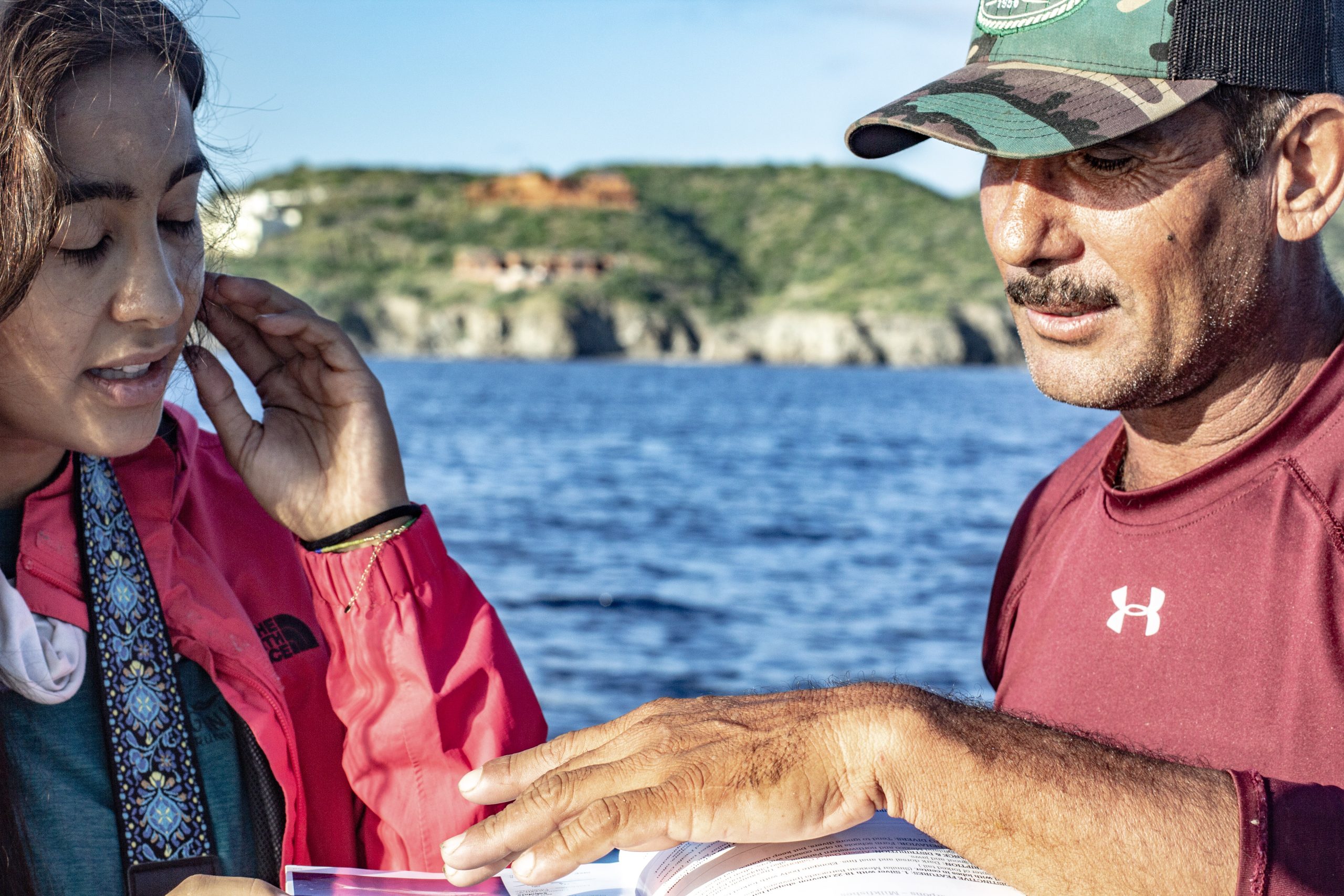
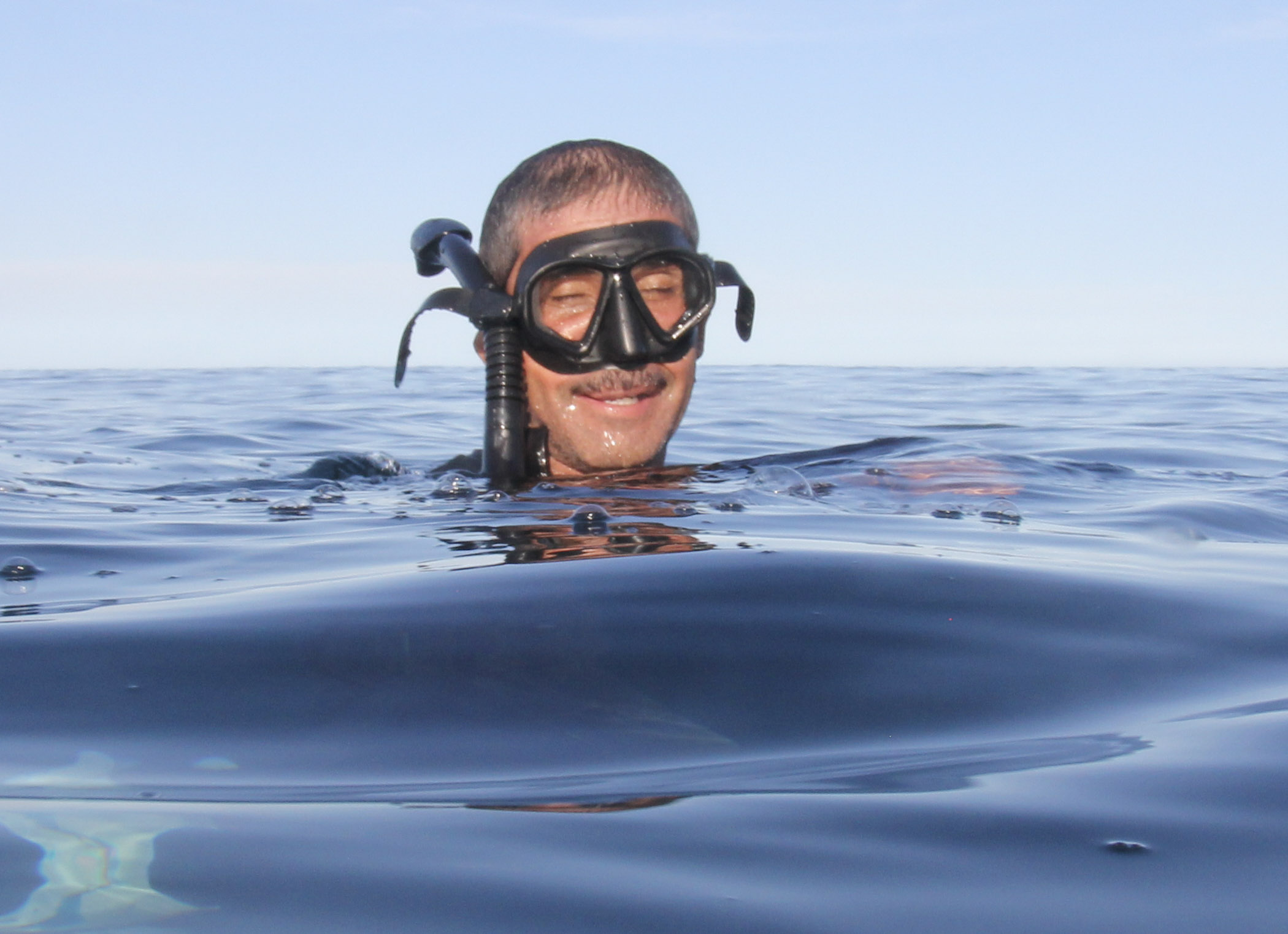

As the months pass, the ocean gets clearer and warmer, receiving the tropical waters coming from the Equatorial current, and it is time to witness the return of the Giant mantas in the Sea of Cortez. For 20 years, the mantas disappeared within the area, and in 2018 they returned, spending a couple of months in the shallows resting and probably getting clean in the rocky reefs. It is also time for swimming with sea lions and large pods of bottlenose dolphins. And sometimes, if we are lucky enough, we see sperm whales and orcas.
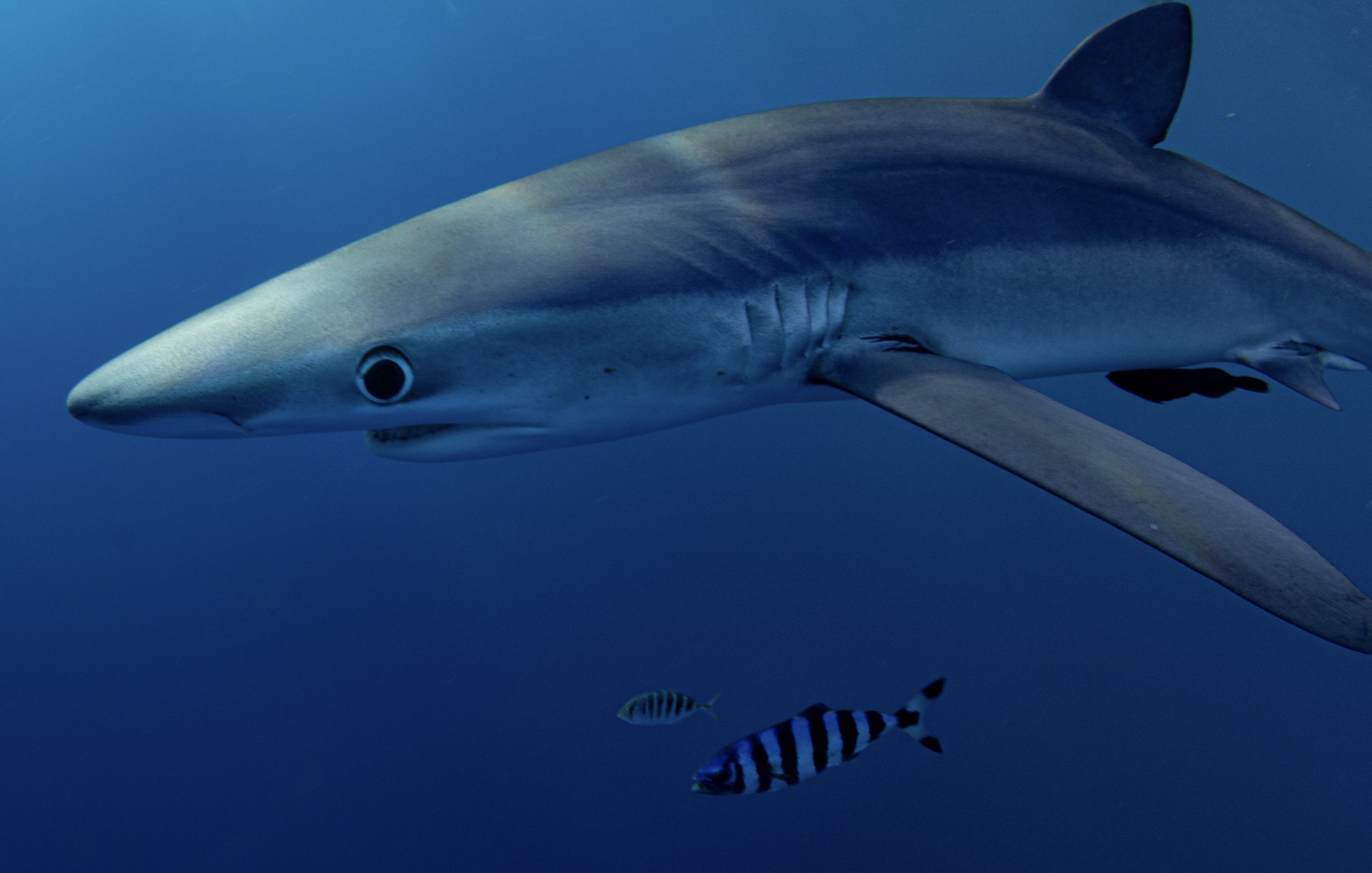
If you are thinking of planning an expedition to Baja California Sur with your yacht, please get in touch with Dive Operations Buddy, who can help you with the logistics of itineraries and dive guides. In addition, we have run citizen programmes and recreational experiences in several destinations in Baja California – Magdalena, Los Cabos, Cabo Pulmo, Cerralvo Island, Espiritu Santo, San Jose Island and Loreto.
Special thanks to our Dive Buddy Frida Lara for the article and pictures

